help with beloved ming aralia
josh__s
8 years ago
last modified: 8 years ago
Featured Answer
Sort by:Oldest
Comments (34)
rhizo_1 (North AL) zone 7
8 years agotapla (mid-Michigan, USDA z5b-6a)
8 years agoRelated Discussions
Ming aralia pruning
Comments (11)I don't find it as fussy abt being moved as everyone says, I've taken mine out of the house to Plant Society Mtgs & tho' folks are surprised at that, it's been fine. I DO think wkly watering might be a bit much & THAT might be making the leaf/branch drop. These guys want an odd combination of drying out (I let mine go for abt 10 days to 2 wks btwn watering) & humidity, I grow mine on pebble trays. They usually do pretty well for me. That said, I just lost my beloved Balfour Aralia (a type of Polycias, related to this Ming). We recently had a sudden heat wave in NYC, w/ little warning & I let mine get too dry, once I got to watering it, it was a bit too late. (Sorry if this sounds severe) I think you should cut back on frequency of watering & stop fertilizing; don't think these plants need it much & fertilizer is not like medicine, it won't usually help a plant that's ailing. You could cut off those bottom branches & try water rooting them to make a separate plant. Are you sure the housekeeper isn't watering it also trying to 'help' you? It's also possible something is wrong w/ the drainage, OR the mix has gotten too hard & the plant's not drinking. I'd give it a month, stop turning it, stop fussing w/ it (these plants don't like the fussing even tho' you're well intended). If it doesn't improve in a month, I'd consider unpotting it to check the roots....See MoreFine leaf Japanese maple indoors
Comments (16)Your indoor Japanese maple doesn't look good because Japanese maples are not intended to be grown indoors!! They are not sold as houseplants and anyone who told you it could be done is misleading you. Plants that grow naturally outdoors in temperate climates - like Japanese maples - do not thrive in indoor conditions. There is insufficient light availability and the heat and lack of any humidity is often not to their liking. Plus, all these kind of temperate climate plants need a period of dormancy - winter cold temperatures - that are just not available indoors. This dormant period resets their biological clocks each season and not allowing them to go through this natural and very necessary process by keeping them indoors will weaken the plant to the point where it will eventually die. You can repot all you like and improve drainage but it is not going to improve the long term health of the plant. The only solution for this is to plant it outside where it belongs....See More30+ year old Ming Aralia- Wilting/dropping leaves
Comments (1)You could take it out of the pot and check the roots. If it has been in that pot for many years and there have been no other changes in the plants environment, my first guess would be root rot or root congestion. There are some very experienced container growers on these boards and they usually advise repottings and root prunings at regular intervals, could be every year or every few years, depending on the plant....See MoreHelp set me on the right path with my Ming Aralia
Comments (9)Karen, my thought is that I don't think the pots are too big for the cuttings. But I suppose I will really find out when I repot. I do have smaller containers available so I will do so if the root mass is small. I am not sure about adding 50% perlite. I assume you mean adding 50% perlite to a bagged mix? I have some tropical plant soil, but I don't think adding the perlite to it would make a substantial difference (according to tapla's container media information). Paul, the frequent watering of the gritty mix could be a challenge for me. I will weigh your suggestion carefully---that is, that the 511 may be a more desirable houseplant media. I don't remember the last time I repotted. I guess it certainly can use a repot even if the plant isn't root bound. I never considered bringing this plant outdoors for the summer. I will consider doing that. I won't be taking cuttings this year. I was talking about the cuttings (pictured above) that I had cut before. I actually found a note I stuck in the pot. It said I repotted those two cuttings February 2017! Hard to believe. That would mean I had taken the cutting in the summer of 2016. I would have used pure perlite to root it, and in February 2017 I planted it into regular tropical soil media. I believe I added extra perlite to the mix (maybe 20%). But as Al (tapla) has said----which I didn't know then---is that would make no difference to the drainage properties of this media. So my plan is to take one cutting, clean off the potting media and plant it into gritty mix. I've just got to try at least one or two plants with this media and see if I like the results and can keep up with the watering. I can make some 511 and repot the other one into that. I know it isn't the best time to repot so I am not sure what the results of the repotting will be....See Morejosh__s
8 years agolast modified: 8 years agotapla (mid-Michigan, USDA z5b-6a)
8 years agojosh__s
8 years agolast modified: 8 years agotapla (mid-Michigan, USDA z5b-6a)
8 years agojosh__s
8 years agotapla (mid-Michigan, USDA z5b-6a)
8 years agojosh__s
8 years agolast modified: 8 years agojamilalshaw26
8 years agojosh__s
8 years agotapla (mid-Michigan, USDA z5b-6a)
8 years agotapla (mid-Michigan, USDA z5b-6a)
6 years agon Y
6 years agolast modified: 6 years agotapla (mid-Michigan, USDA z5b-6a)
6 years agolast modified: 6 years agon Y
6 years agotapla (mid-Michigan, USDA z5b-6a)
6 years agolast modified: 6 years agon Y
6 years agotapla (mid-Michigan, USDA z5b-6a)
6 years agon Y
6 years agotapla (mid-Michigan, USDA z5b-6a)
6 years agochippedchinaplate
6 years agon Y
6 years agotapla (mid-Michigan, USDA z5b-6a)
6 years agon Y
6 years agolast modified: 6 years agotapla (mid-Michigan, USDA z5b-6a)
6 years agon Y
6 years agolast modified: 6 years agotapla (mid-Michigan, USDA z5b-6a)
6 years agon Y
6 years agogardenglove1
5 years agon Y
5 years agosucculentlady_91
3 years agoAnnika C
3 years ago
Related Stories

DECORATING GUIDESBulletproof Decorating: Upholstery That Stands Up to Anything
Kids and pets are no match for fabrics as durable as these, which meet higher style standards than ever
Full Story




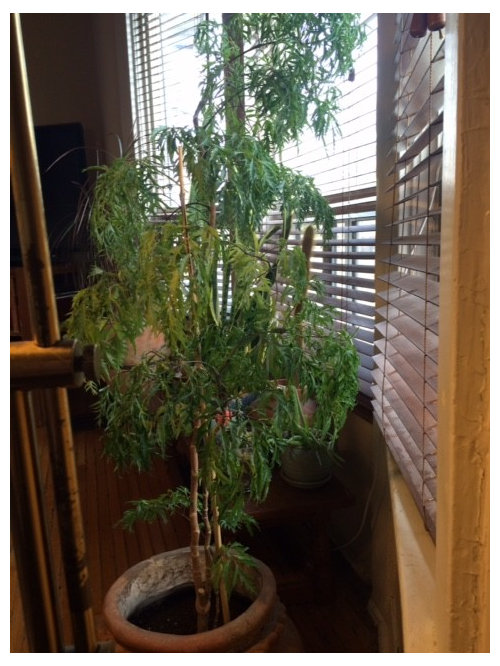
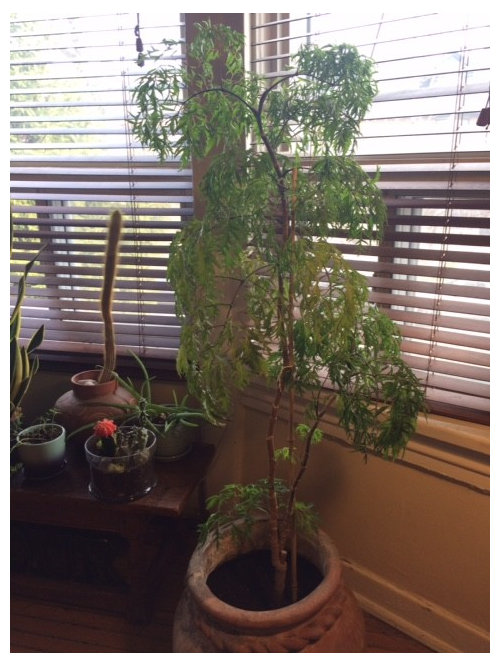

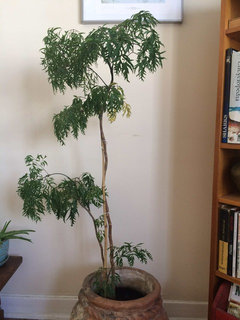




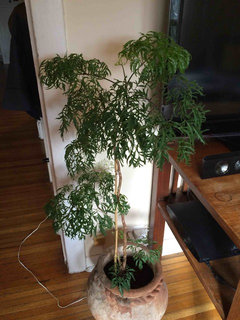



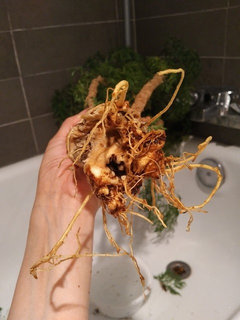

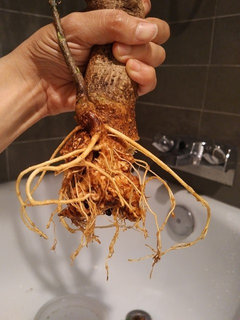
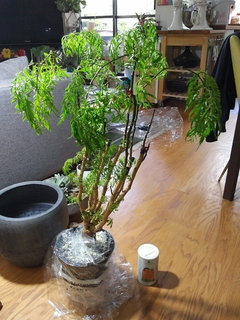






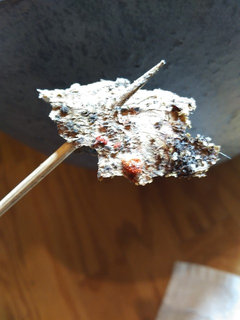



n Y